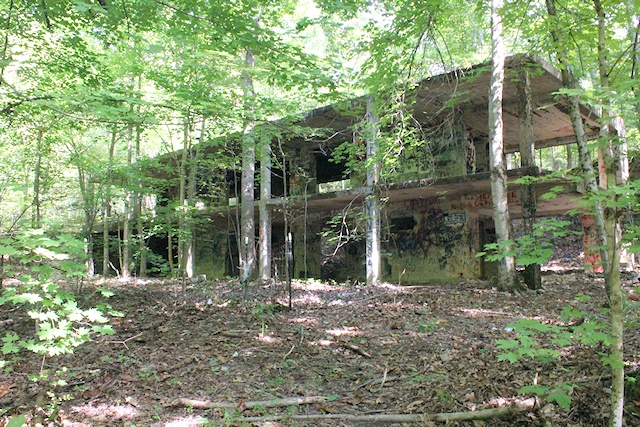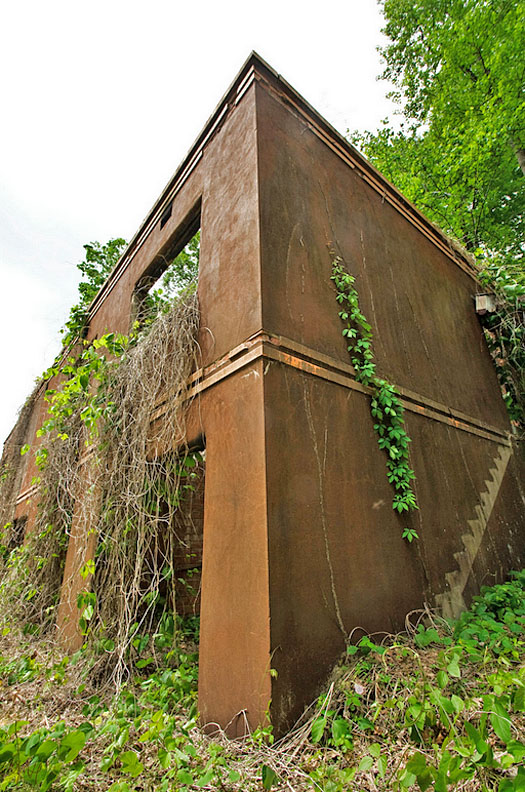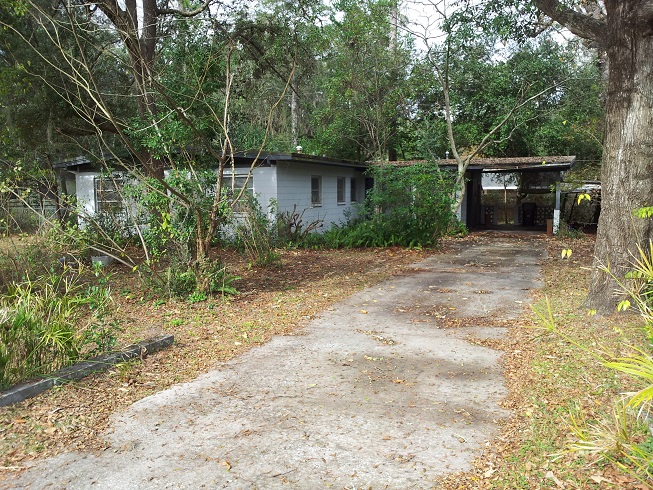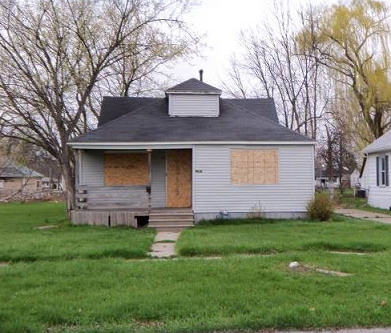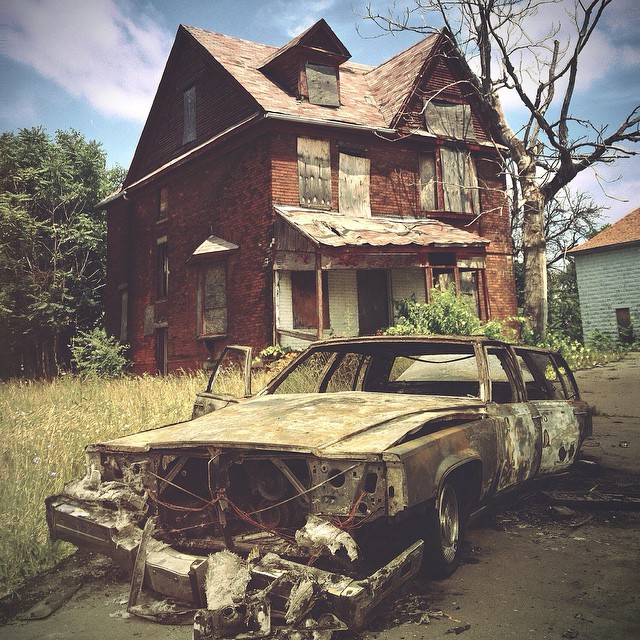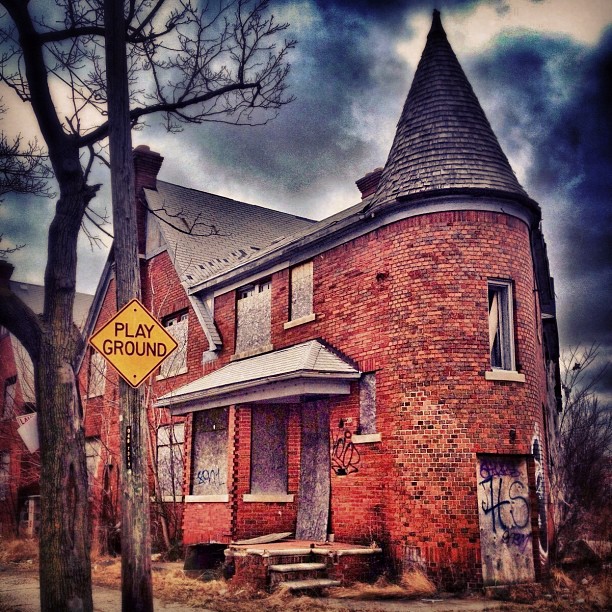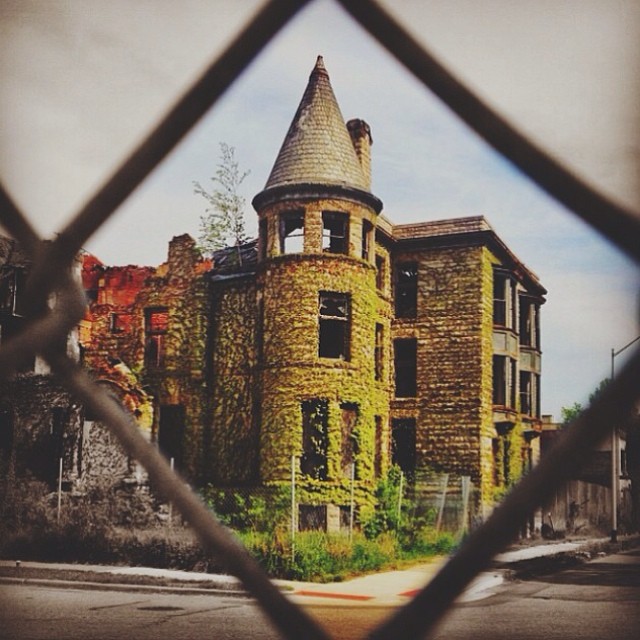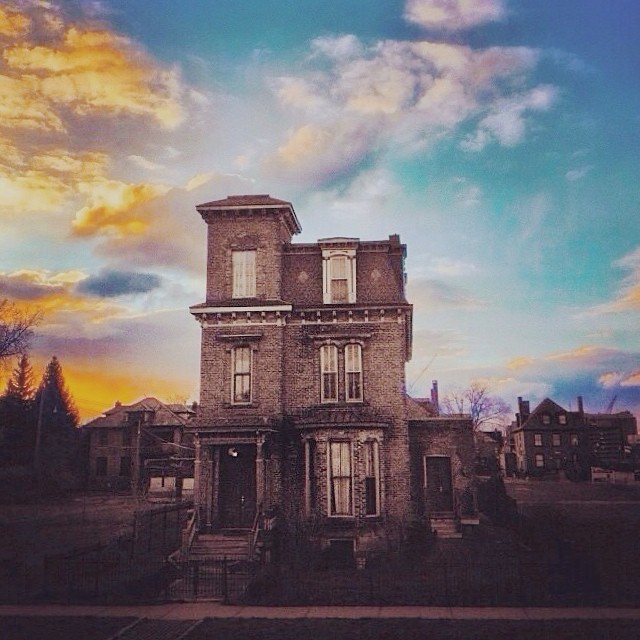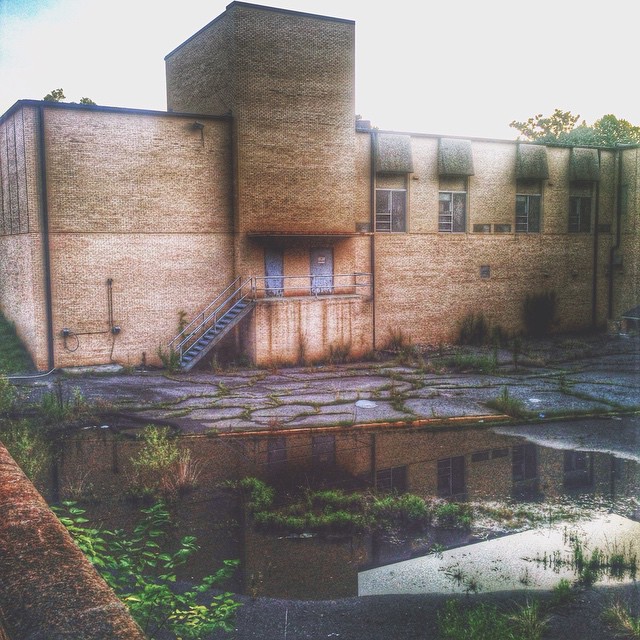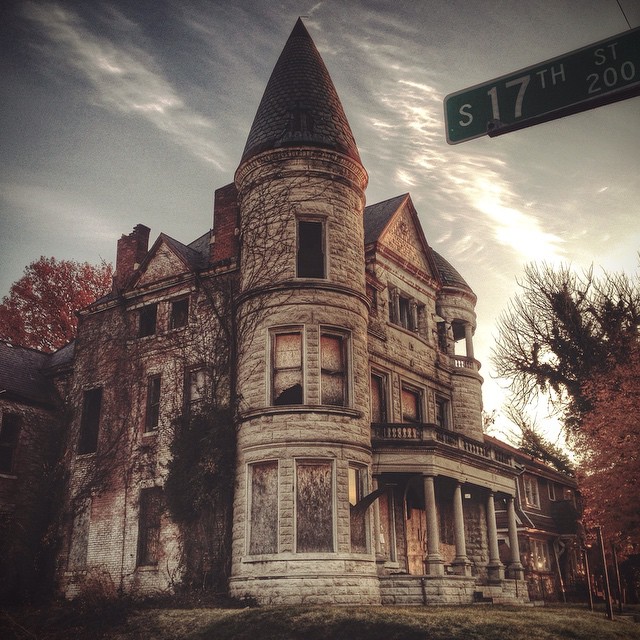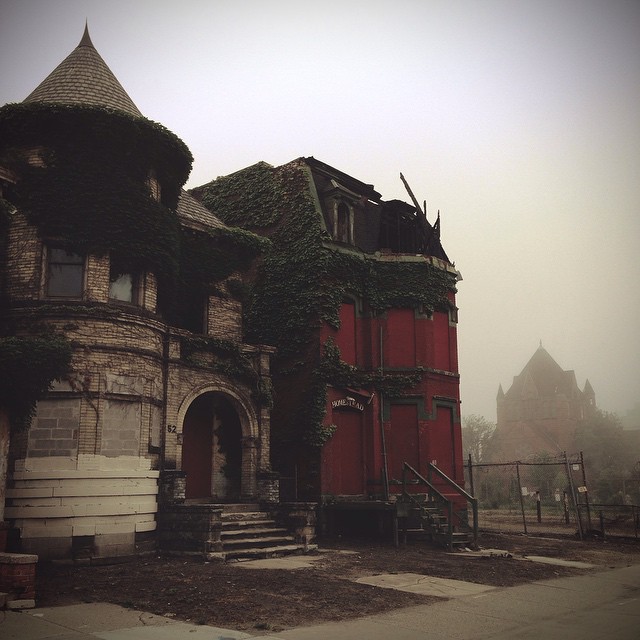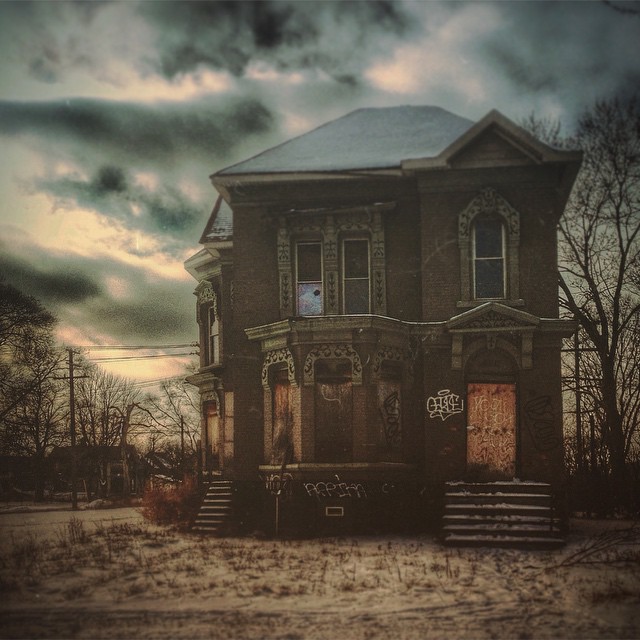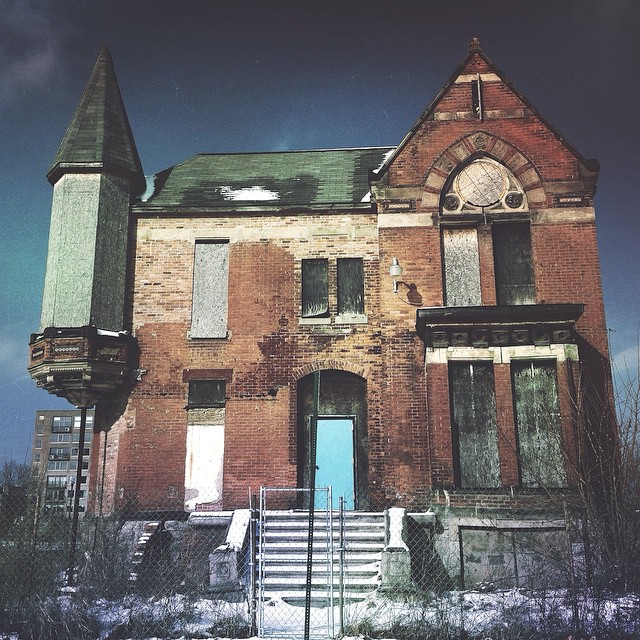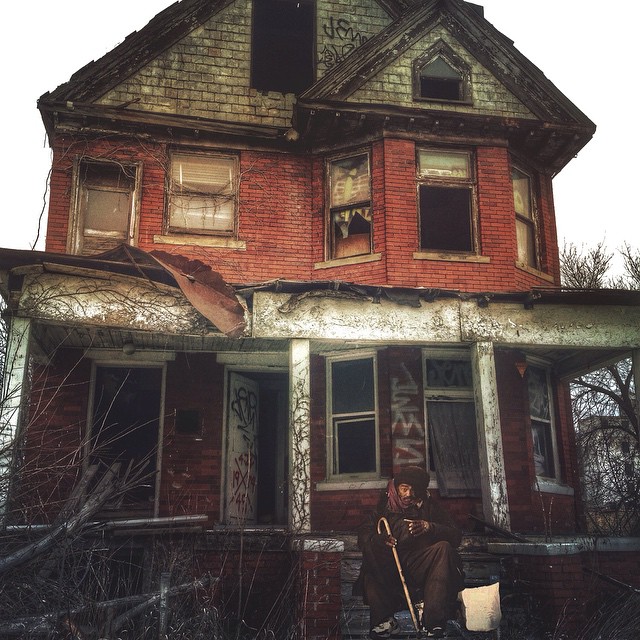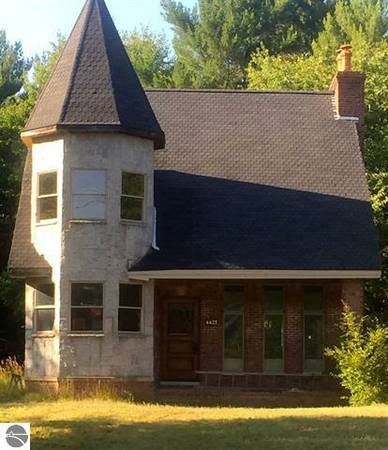Adaptive reuse is the process of reusing an existing site or buildings into locations that are economically useful… but for a purpose other than what it was originally used/intended. Unlike simple historic conservation, adaptive reuse transforms underused buildings and sites into locations that are economically useful. Examples include the renovation of abandoned warehouses into studio spaces and the use of abandoned parking lots for open-air markets such as farmers’ markets. Less commonly, the term can refer to the use of salvaged materials to construct or renovate an edifice. An example of this might be repurposing the wood from barns for flooring in a new home.
Follow this link for the full article!
Page 3 of 3
Even though modern humans are exceptionally (and increasingly) mobile, some Americans have been in the same neighborhood (or hometown) for years… often, for decades; maybe even for generations.
For the ones that leave ‘the nest’ for one reason or another, and move into a new area… we don’t know our neighbors… or what the new neighborhood is really like.
Follow the link below for Newport News VA Real Estate Information …
According to an article by Karyn McCormack posted by Reuters on 11/29/2010 entitled ‘How to research a neighborhood’, she says:
Collecting data about neighborhoods can help you decide which one matches your needs, and ultimately save a lot of time. In education, check the students per classroom relative to other schools in the state and the national average. If the class size is small, it could mean there are a lot of special needs students that require more teachers, Schiller says, and you might pay higher taxes to pay for them. If the class size is larger, the school may be underfunded, or doesn’t have a lot of special needs children.
“A home is the most expensive purchase for most Americans and fraught with so much risk, so it’s really in a person’s best interest to broaden their search to neighborhoods first before looking at home listings,” says Andrew Schiller, founder and CEO of Rhode Island-based Location, Inc., which runs www.NeighborhoodScout.com, a provider of vital data about neighborhoods.
“The risk you have when buying a house is not whether it needs a new roof,” Schiller explains. “The risk is where the house is located.”
Along with checking the school system, crime rates, and home resale values, make sure the neighborhood matches your lifestyle and stage in life. For example, if you’re a devoted outdoors runner, you’ll want a spacious park with a path nearby. If you’re expecting a baby, you might want a larger home with a fenced yard; a family-friendly community that hosts events, recreation, and activities for kids; and highly-regarded schools that you can afford. “There is no one best place for everybody,” Schiller says. “It depends on where you are in your life.”
For crime, look at the number of crimes per 1,000 residents and how that ranks in the area, as well as the chance that you’ll be a victim of crime during one year (Neighborhood Scout Reports provides these stats). “Any neighborhood can have a robbery or murder,” says Schiller. “You want to know if it happens every year.”
Here are a few sites to get more information:
- Neighborhood Scout: provides nearly 300 data points covering lifestyle (including demographics of neighbors and walkability), house values and appreciation rates, education (class size, how taxes are spent, and public school test scores) and crime.
- Homefair: Homefair offers free city profile reports, which contain information about demographics, incomes, education, climate and crime (data is from Onboard Informatics, which crunches data for many publications’ various “Best Places to Live” lists.)
- Realtor.com: put forth by The National Association of Realtors, this site provides home listings and home values.
- Google Maps: gives a view of street and homes that may interest you. Move the map around to view the surrounding areas.
Once you’ve narrowed your search, drive around the neighborhood and ask up to three people on the street if they enjoy living there, Schiller says. You also need to visit that neighborhood at different times of the day to see how quiet it is, he says. Also inquire about where they grocery shop, and how far it is. Then go to the grocery store and determine if it meets your needs and standards, recommends Schiller. You can also visit local shops and restaurants to get a lay of the land.
While it may take some effort to sort through the stats, you’ll sleep better in your new home when you’re sure you picked the right neighborhood.
As a property owner, it can be hard to know exactly what you can do to make it better. Especially when you have an invested interest in the well-being of a certain property, you may have a difficult time deciding what should happen with the house or land surrounding it in order to improve it as much as you see fit.
Many people consider additions be be a good idea for adding value to a home, also making it more appealing to the people who live there. One thing you can do is add an Elder-suite to your home. This is an addition to a home that is suited to accommodate only one person. While it is usually completely separate from the home, having its own bedroom and bathroom, there are several variations that are attached to parts of the house which the rest of the family shares. If you are thinking about building an Elder-suite on you property, here are a few things to consider as you continue to decide how to make that choice.
Consult your local building codes book to make sure that you don’t break any laws or regulations if you decide to build. The last thing you want as a property owner is to have to destroy an addition that you have been working on because you don’t have the proper building permits filed. Save yourself a lot of time and check all that information before you begin. You’ll be grateful you did.
Something that many people don’t know is that there is a lot of complicated work that is associated with adding a bathroom to a building. There are many piping and plumbing issues that can arise. If you are not completely comfortable with plumbing problems and approaches to solving these problems, then it would be in your best interest to get in contact with a plumbing contractor to consult with you about what your choices are. Some homes are already built with the ability to work well and fully with little tinkering of the pipes after a bathroom is built, but others need quite a bit of extensive plumbing work before and after the addition in order to ensure complete functionality of the bathroom unit. These issues are easily solved by those who know how to solve them.
Where we choose to live the latter-quarter of our lives is important in every way. Being satisfied with the people and choices that surround us means we will be happier and live longer. Very few people I know want to just live longer. They want to LIVE longer. And the key to all of the above is to actually choose our life.
For most of our pasts, our choices have been limited or directed by jobs, family responsibilities, or other obligations. In retirement, for the first time, we can make choices for ourselves. Planning requires that we anticipate needs. We must plan for the person we don’t know — the person we will be 10 years from now. We can be exansive in our imagination and intentional in our dreaming.
Deciding where we will live is the most important decision we can make. Where we live is not just the house or apartment in which we sleep and eat. It incorporates a neighborhood, a city, a State, and the resources that go with these larger environments.
When we choose where to live, we should look at place, people, finances, resources, and lifestyle…
- Place: What geographical touch-points are important to you? Do you want to be near an airport — if not for your travel, for the ease of those coming to visit you? Is proximity to a university important? Do you want fishing opportunities? The ocean? Mountains? What weather is compatible with your anticipated lifestyle?
- People: Do you want to be near specific people? Are those people likely to remain in-place for the next 10 years? Do you plan to see relatives or grandchildren with regularity? Do you have friends — individual or groups — that would be difficult to leave, or whom you want to live near?
Finances: What have you put aside for the support of your later years? Shockingly, 14 percent of people 65 and older have no retirement savings. None. More than one-third over 55 have not saved more than $10,000. Are you currently living within your means? What adjustments can you make to what you spend and what you save? What will it take to make you reasonably comfortable for the remainder of your life?
- Resources: What do you need or want in terms of support for your health — either in body or mind? A good library? A place to worship, contemplate, or meditate? A place to exercise? Medical follow-up for a current condition?
- Lifestyle: Do you want to be busy with activities involving other people or do you like to spend most of your time alone? How important is cooking? Do you hope that pets will always be part of your life? Do you want to be in a book, dinner, bridge, or Bible study group? Do you want to be around people who are more or less like you with respect to income, ethnic background, religion, education? Or do you crave diversity in your acquaintances? What activities do you love?
Choosing between a continuing care facility and a retirement village, choosing to stay at home, upgrade your home, or move to one that is more suitable to your needs; these choices can be exciting, and can lead to important conversations with family and friends.
Choose your life. Don’t let life choose you.
Adapted slightly from original article by: Starr Mayer’s column “Senior Living” as seen in the Daily Press, Aug 23, 2014. Mayer writes for and about seniors. She lives in Glouchester County and welcomes responses at starrmayer.sm@gmail.com
The City of Newport News, VA has community garden plots available for city residents. These plots are available on a first-come, first-served, basis. To apply for a garden plot, read the Community Garden Rules, and fill out the Community Garden Application. There is a $20 fee to reserve a garden plot for the season. Plots are approximately 18′ X 40′ in size. Once your application has been reviewed, you will receive information about your plot assignment from the Community Garden Coordinator.
Location – The Community Garden is located in the large open field at #75 Yorktown Road, in the Lee Hall area of the City. Yorktown Road (State Route 238) may be accessed by either Warwick Boulevard (State Route 60) or Jefferson Avenue (Route 143). The site is located a short distance to the west of the Lee Hall Mansion and a short distance to the east of the Lee Hall Depot. The site is also easily accessed via Interstate 64 (Exit #247).
Applications may be hand-delivered (Monday – Friday, 8:00 a.m. – 5:00 p.m.), mailed, e-mailed or faxed to:
Community Garden Coordinator
Newport News Park
13560 Jefferson Avenue / Newport News, Virginia 23603
Phone: (757) 886-7911 / Fax: (757) 886-7981
E-mail: communitygarden@nngov.com
I am looking for 3-4 structures on the peninsula to work on over the next year, while I develop and qualify a team here in Newport News, VA.
I am looking for inexpensive (less than $99K) properties to overhaul into what I call “caregiver homes”.
An example of such a structure follows:
- cinderblock-walled OR a lumber-frame with a brick exterior
- ranch-style home… possibly split level
- could be a 2 BR/1 BA OR a 2 BR/2 BA on a slab or crawl
- good bones/sound structure
- access to plumbing/furnace/water heater/breaker box
- not prone to flooding
- may already require some plumbing & rewiring on existing structure
- may already require roofing/windows on existing structure
- good access to ALL sides of the structure
- a larger lot (as in a subdivision or on a double or corner lot as in a city)
- lot size MUST be larger than 0.11 acres (~5000 sq ft) and cannot be too narrow
- existing off-street (2) parking AND room for additional visitor parking (2)
- room for wheelchair ramp access to at least 2 entrances
- garage optional
- room for a large screened-in porch, atrium, or otherwise safe outdoor space for someone to get a little sunshine, service a bird feeder, birdbath etc.
- in addition to updating existing structure, my renovation could include:
- add 1 or 2 ADA-compliant BR, each with an attached ADA-compliant BA for each added BR
- may also include adding a wrap-around porch
- greatroom
- laundry
- garage
- storage unit
- security/monitoring system.
I would consider looking at a home that already has some of these features if a seller is motivated/price is right…
Example: I recently spoke with a guy that had moved his family here from the MidWest to take care of an elderly in-law. He bought the house next door to the in-law, and did a lot of mods to both homes to accommodate his own preferences and his wife’s elderly parent. Now that the elder has passed away, his wife has no remaining familial ties to this area, so he is now planning to go back to the MidWest and is motivated to sell both properties.
An abnormal hiccup in the consideration/purchase process would be to ensure I have no conflict with local ordinances or the city master plan… and that it is not a historic property with restrictions on renovation.
- We could get rid of an eyesore structure or abandoned/broken cars…
- We could make a small park…
- We could dig a pond…
- We could make a community garden… like these:
Urban Gardens
Follow the link below for more information:
Click the Link –> Peninsula Real Estate Investment Association (PREIA) monthly meeting Hope to see you there!
For many people in America, the rent is, simply put: too damn high.
The following CNN coverage of Jimmy McMillan during the 2010 campaign in the the State of New York is a great introduction to our advocacy.
We are helping our clients find safe and affordable housing.
In the United States, we have the ability to vote with our dollars. You can also express your opinions politically through your elected officials or through your public vote.
© 2025 NuNu Mike'S Blogsite
Theme by Anders Norén — Up ↑
